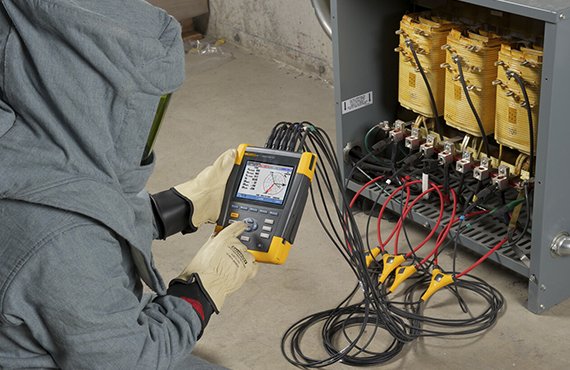In an electric power system, a harmonic of a voltage or current waveform is a sinusoidal wave whose frequency is an integer multiple of the fundamental frequency. Harmonic frequencies are produced by the action of non-linear loads such as rectifiers, discharge lighting, or saturated electric machines. They are a frequent cause of power quality problems and can result in increased equipment and conductor heating, misfiring in variable speed drives, and torque pulsations in motors and generators.

A Harmonic Study is an analysis performed to understand and mitigate the effects of harmonic distortion in electrical systems. Harmonics are unwanted frequencies that can cause various problems in electrical systems, including equipment malfunction, overheating, and reduced efficiency. Here’s a detailed breakdown of what’s involved in a Harmonic Study:
Key Components:
Data Collection:
- System Information: Gather details about the electrical system, including one-line diagrams, equipment specifications, and load characteristics.
- Load Profile: Document the types of loads present, especially non-linear loads such as computers, variable frequency drives (VFDs), and fluorescent lighting.
- Existing Measurements: Obtain existing harmonic measurements, if available, from power quality analyzers or similar instruments.
System Analysis:
- Load Analysis: Identify and quantify the sources of harmonic currents. Non-linear loads are the primary contributors.
- Harmonic Analysis: Analyze the harmonics generated by these loads, typically using software tools.
- Resonance Analysis: Check for potential resonance conditions where the harmonics can amplify due to system characteristics, such as capacitor banks interacting with inductive components.
Impact Assessment:
- Equipment Performance: Assess how harmonic distortion affects the performance and lifespan of electrical equipment.
- Power Quality: Evaluate the overall impact on power quality, including voltage distortion, equipment overheating, and interference with communication systems.
- Regulatory Compliance: Compare the harmonic levels to industry standards and guidelines, such as IEEE 519, to ensure compliance.
Mitigation Strategies:
- Filter Design: Design and implement harmonic filters (passive or active) to reduce harmonic distortion.
- Equipment Upgrades: Recommend upgrades or adjustments to equipment, such as replacing existing devices with ones designed to handle harmonics better.
- System Configuration: Suggest changes to system configuration to minimize harmonic effects, like adjusting capacitor bank placements or using multi-pulse rectifiers.
Reporting and Documentation:
- Analysis Report: Prepare a detailed report documenting the findings, including harmonic spectra, distortion levels, and potential impact on the system.
- Recommendations: Provide a set of recommendations for mitigating harmonic issues and improving system performance.
- Implementation Plan: Outline an implementation plan for recommended changes or upgrades.
